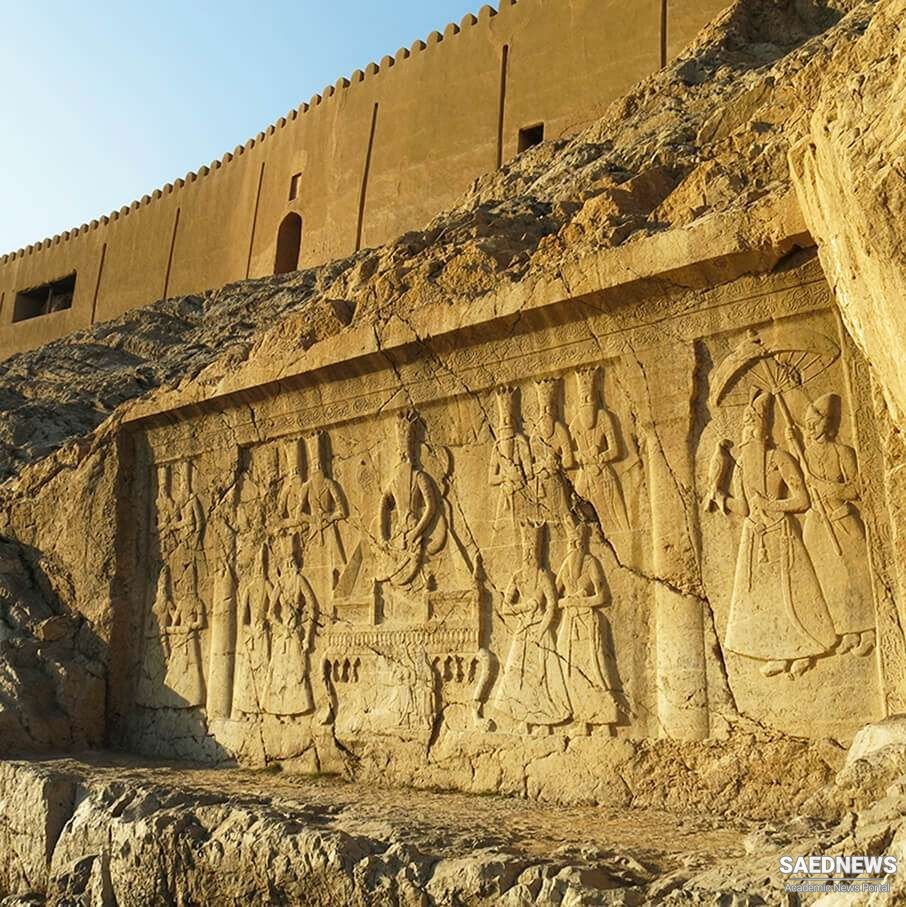There are also many secular documents dated in the regnal years of Khotanese kings. Relatively little original Khotanese literature has survived, but we have among other items a charming version of the Ramayala, some lyrical verses, a substantial fragment of a metrical composition containing a love story, the description of a journey through Gilgit and Chilas to Kashmir, and some literary epistles. The bulk of the extant documents all appear to date from the period between the seventh and the tenth century CE, but some fragments have been dated on palaeographical grounds to the fifth and sixth centuries CE.
Far less material in Tumshuqese has come to light than in Khotanese so that it remains difficult to decipher it and many details of grammar remain unknown or uncertain. The oldest text is the so-called Karmavacana text, which is also the most important text since it is the only one for which we have bilingual evidence. It was translated from Tocharian (Schmidt 1988). In addition there are fourteen published items including legal documents, fragments of Buddhist literary works, sales documents of commodities in a Buddhist monastic milieu, and several unpublished fragments in various collections. None of the Tumshuqese documents can be precisely dated, but there are grounds for assigning the majority of them to the late seventh or the eighth century CE.
Khotanese texts are characterised by very considerable spelling variation that not seldom impedes interpretation. Thus, the texts vary in date and reflect different linguistic stages of the language. They belong to different genres and reflect different registers. Beside archaising formal speech we find colloquial language; besides texts carefully written by learned monks and official documents, we find personal letters, casual notes and unskilled school exercises. There appear to have been different orthographic conventions, possibly associated with different monasteries. Moreover, the texts were in many cases copied by scribes whose speech differed from the language of the text they were copying and they allowed their speech to influence their work.
The Tumshuqese Karmavacana text is earlier than the other Tumshuqese documents probably by several centuries, and was written before the introduction of the nine special signs. In view of our limited knowledge of the language it is not safe to draw any conclusions from apparent variations in spelling.


 Khotanese and Tumshuqese the Ancient Languages of Persia
Khotanese and Tumshuqese the Ancient Languages of Persia














































